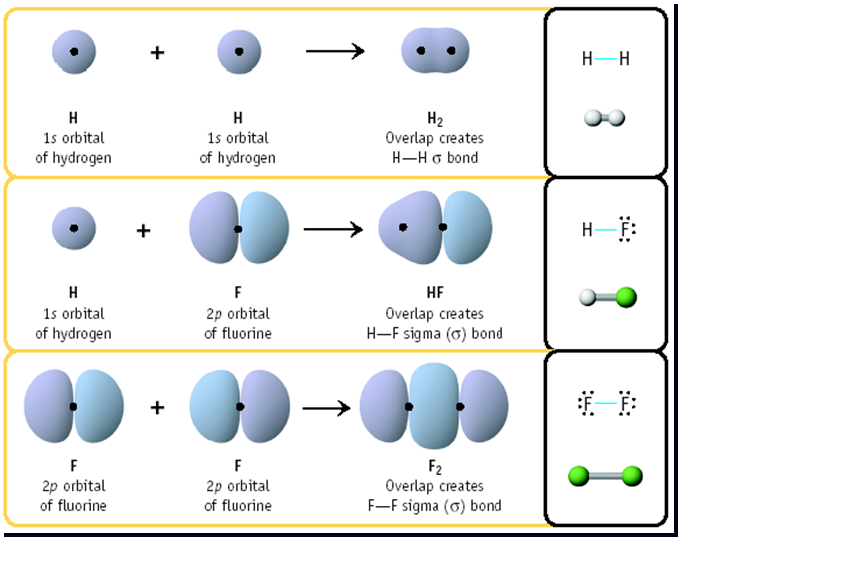
The two boron atom is B2 molecules are linked by one covalent bond. 6 in all, have to be accommodated in various molecular orbitals in the increasing order of their energies. In the formation of B 2 molecule, three valence electrons of each boron atom i.e. A number of valence electrons of each boron atom = 3. It is diamagnetic due to the absence of any unpaired electron.ī 2 molecule: The electronic configuration of B atom (Z = 5) isī 2 molecule is formed by the overlap of atomic orbitals of both boron atoms. Magnetic property: Since bond order is zero, Be 2 molecule does not exist. The molecular orbital electronic configuration, 4 in all, have to be accommodated in various molecular orbitals in the increasing order of their energies. Thus in the formation of Be 2 molecule, two outer electrons of each Be atom i.e. Number of valence electrons in Be atom = 2 (i) Be2 molecule: The electronic configuration of Be(Z = 4) is:īe 2 molecule is formed by the overlap of atomic orbitals of both beryllium atoms. (iv) Magnetic character: As it has two unpaired electrons one each in orbitals, it is paramagnetic. Since bond order is positive, it is quite stable. (c) ion: It is formed when molecule gains two electrons,

(iv) Magnetic character Due to the presence of an unpaired electron in *2p x orbital, it is paramagnetic. Bond order being positive, N 2 is quite stable. This electron will go to either orbital of N 2 each of which is empty. (b) ion : It is formed by the gain of one electron by N 2 molecule. (iv) Magnetic character: Since 2p z orbital has one unpaired electron, therefore it is paramagnetic. (iii) Stability: As the bond order is positive, it is quite stable. This electron will be lost from 2p 7 orbital of nitrogen molecule.

A) ion: It is formed from a molecule by the loss of one electron.


 0 kommentar(er)
0 kommentar(er)
